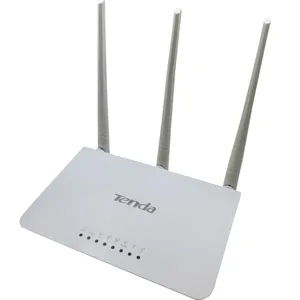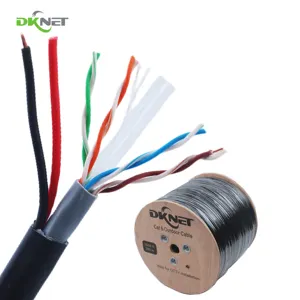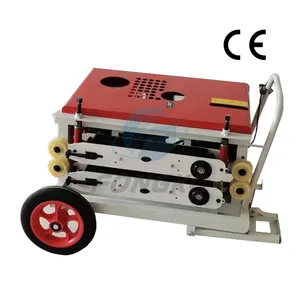Popular in your industry





































































Related Searches:























































































































Top categories
About door proximity switch
Understanding Door Proximity Switches
A door proximity switch is an integral component in modern automation and security systems. These switches are designed to detect the presence or absence of an object without any physical contact. Utilized in various settings, from industrial machines to residential security systems, the versatility of these switches is unparalleled.
Types and Mechanisms
There are multiple types of door proximity switches, each functioning on different principles such as inductive, capacitive, magnetic, and optical. The inductive type, for instance, is adept at sensing metal objects, while capacitive ones are used for non-metallic materials. Understanding the operational context is crucial in selecting the appropriate type of switch.
Applications and Uses
The application of proximity switch door nms extends beyond mere door sensing. They are pivotal in ensuring safety in elevators, activating lighting systems, and in automation processes across various industries. Their role in aircraft systems for collision avoidance showcases their importance in critical safety applications.
Features and Materials
Door proximity switches are crafted from durable materials capable of withstanding harsh environments, ensuring longevity and reliability. Features often include LED indicators for operational status, adjustable sensing ranges, and various output types to cater to different control requirements.
Advantages of Integration
Incorporating door proximity switches into systems offers numerous advantages such as improved safety, energy efficiency, and operational precision. Their non-contact nature leads to less wear and tear, resulting in lower maintenance needs and longer service life.
Complementary Technologies
These switches work seamlessly with other sensors and technologies to create sophisticated systems. For instance, when combined with RFID technology, they enhance tracking capabilities in logistics and sports analytics, demonstrating their adaptability and utility in various technological ecosystems.
































































